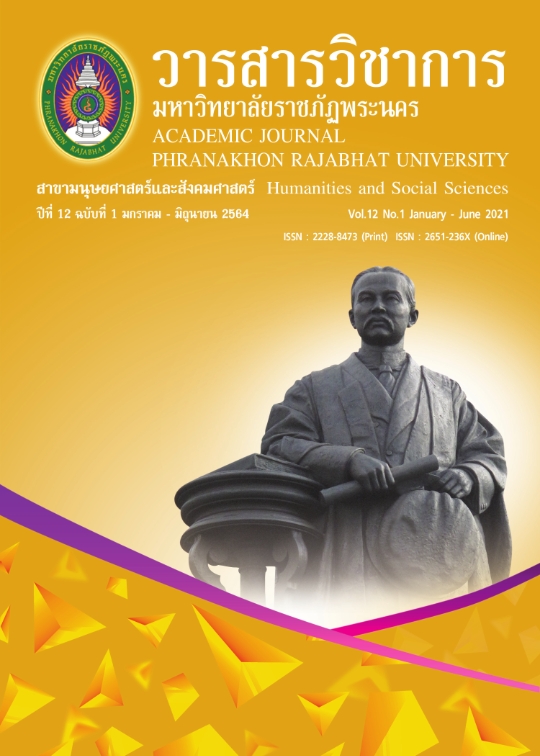CULTURAL TOURISM ROUTE DESIGN OF BANG NAM PHUENG HOMESTAY COMMUNITY ENTERPRISE TOWARDS TOURISM FOR ALL
Keywords:
Cultural Tourism Route, Tourism for All, Universal Design, Bang Nam PhuengAbstract
This research aimed to design the physical environment and community paths in the Bang Nam Phueng homestay community enterprise area under the concept of universal design. Using the method to visit the survey area and prepare base maps, the general condition of community paths and distribution of cultural attractions have been illustrated. According to the natural movement concept, a behavioral study of the community path utilization has been done by the situation observation. The sample population was determined from the number of people who entered the paths in the study area over to the observed period. Later traced the movement of the samples and noted on the map to proceed with empirical analysis from the survey and observation layer maps.
The results of the study revealed three different functional paths: 1. The paths that focus on cycling. 2. The path that focuses on walking 3. The path focuses on the use of motorcycles. This research has proposed the details of the physical environment design and the community paths into three characteristics according to the functional properties of the paths, following the results of the above study. For local government organizations or related agencies, this research can be used in a planning project to develop the Bang Nam Phueng Community Enterprise area towards tourism for all.
References
Darcy, S. & Dickson, T. (2009). A Whole-of-Life Approach to Tourism: The Case for Accessible Tourism Experiences. Journal of Hospitality and Tourism Management. 16(1), 32-44.
Gillovic, B. & Mcintosh, A. (2015). Stakeholder Perspectives of the Future of Accessible Tourism in New Zealand. Journal of Tourism Futures. 1(3), 223-229.
Hillier, B. et al. (1993). Natural Movement: or, Configuration and Attraction in Urban Pedestrian Movement. Environmental and Planning B: Planning and Design. 20, 29-66.
Jarutach, T. (2009). Universal Design Code of Practice. Bangkok: Plus Press Co.,Ltd. (in Thai)
Jarutach, T. (2015). Universal Design Guide Book. Bangkok: Thep Phen Vanish Printing. (in Thai)
Paksukcharern, K. (2005). Urban Discourses through Morphological Structures. Academic Journal of Architecture. 2, 63-76. (in Thai)
Pugun, S. (2020). Cultural Tourism Route Design of Bang Nam Phueng Homestay Community Enterprise Towards Tourism for All. Architectural Technology Department, Faculty of Engineering and Architecture, Rajamangala University of Technology Tawan-ok, Bangkok, Thailand. (in Thai)
Watson, D., Plattus, A. & Shibley, R. (2003). Time-Sever Standards for Urban Design. New York: McGraw-Hill Companies.
Wongjoi, K. (2017). Homestay Accommodation Management by Community Enterprise : A Case Study of Bang Nam Phung Homestay Community Enterprise, Samut prakan Province. Master of Housing Development Program in Housing and Real Estate Development, Faculty of Architecture, Chulalongkorn University. (in Thai)
Downloads
Published
How to Cite
Issue
Section
License
"บทความวิชาการในวารสารฉบับนี้ ถือเป็นความรับผิดชอบของผู้เขียนเท่านั้น"
สงวนลิขสิทธิ์ตามพระราชบัญญัติลิขสิทธิ์




